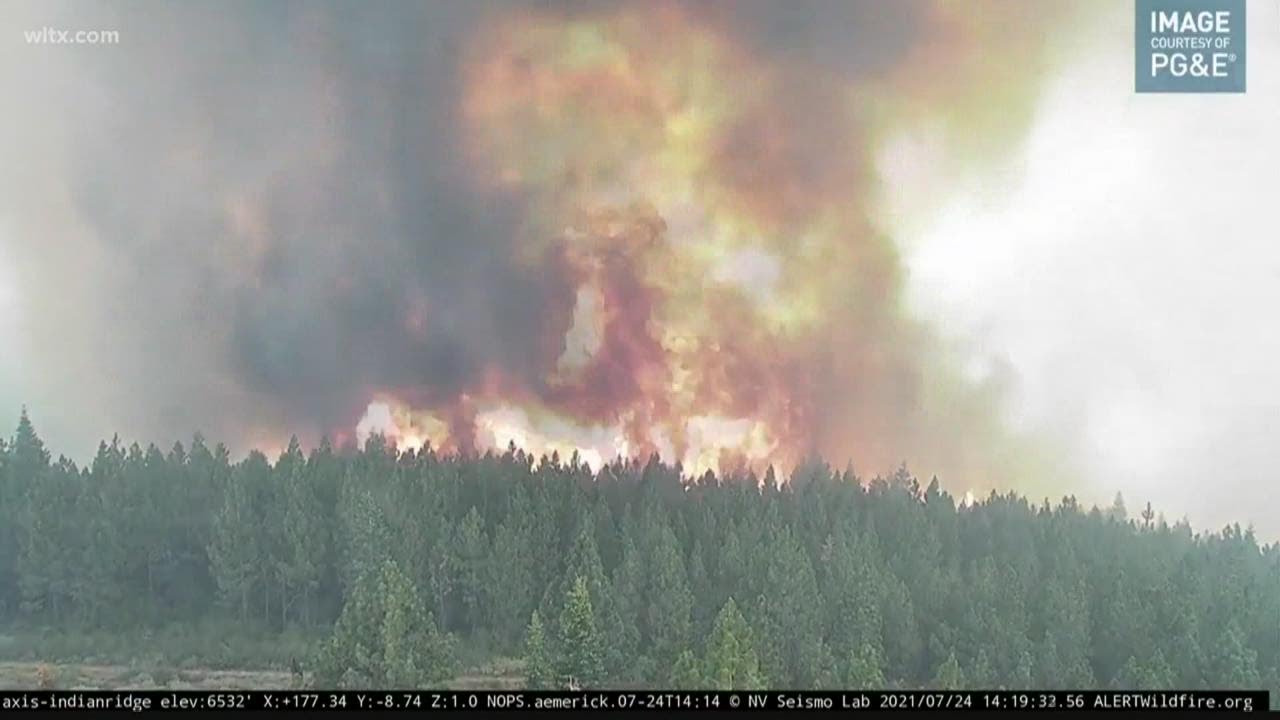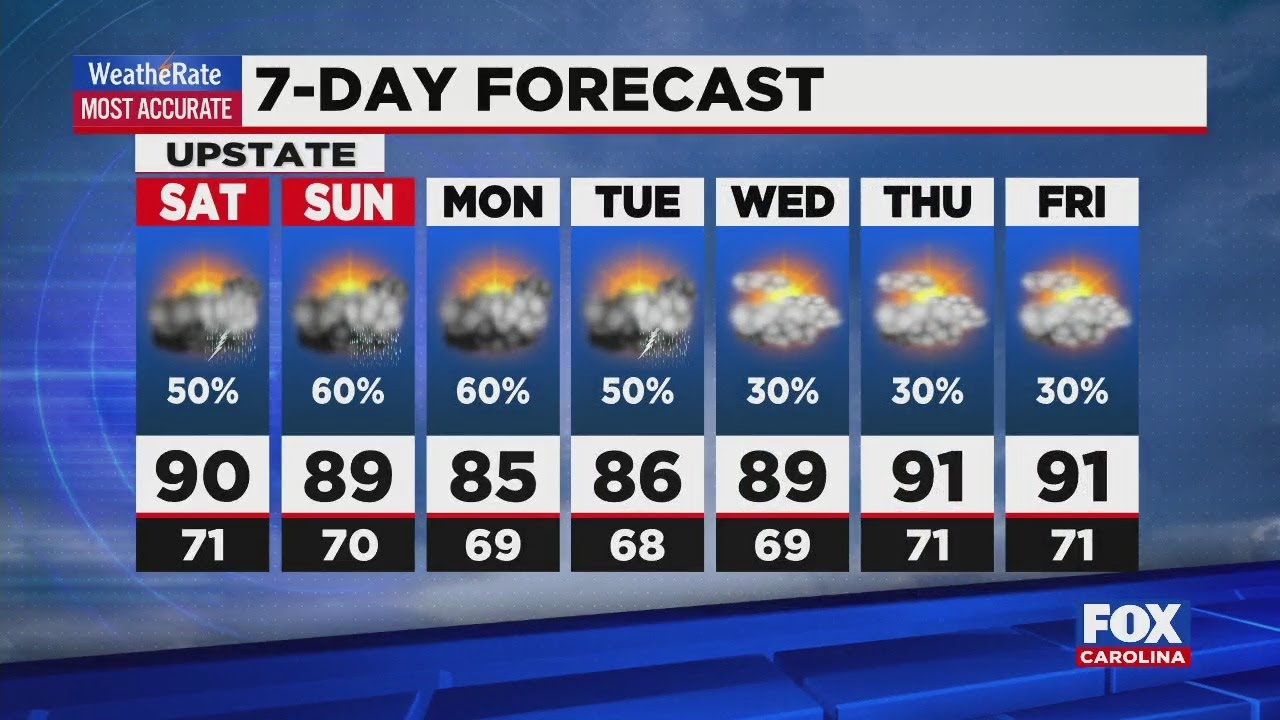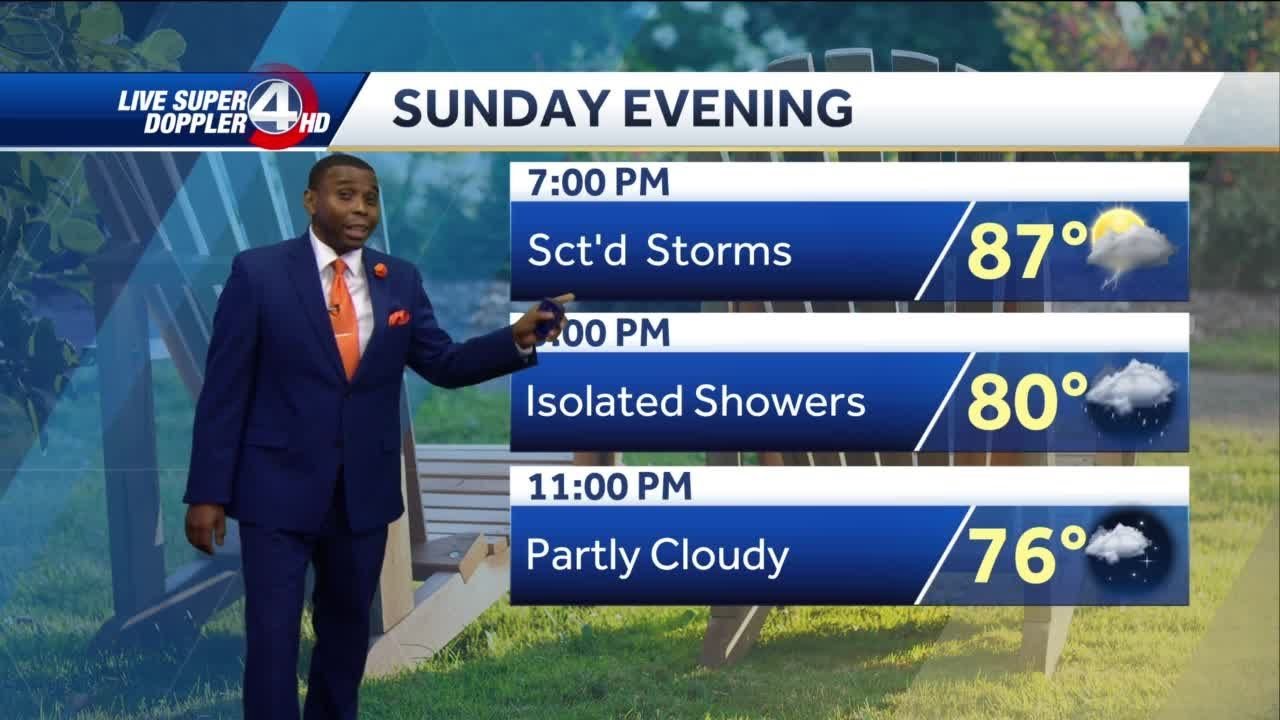Cocktail Queries is a Paste series that examines and answers basic, common questions that drinkers may have about mixed drinks, cocktails and spirits. Check out every entry in the series to date.
In recent years, cask strength whiskey releases, be they bourbon, rye or single malt scotch, have increasingly dominated the hearts and minds of whiskey collectors and critics, and with obvious cause. There’s just no comparison to the bombastic flavor profiles that emerge from these spirits when presented at cask strength—it’s the purest expression of a whiskey’s flavor, but at a potency that may not be for the faint at heart. It’s a category that has seen rapid expansion, as many of the most prominent American whiskey distilleries in particular have added new cask strength expressions to their product lineup.
You may have noticed, however, that “cask strength” can imply very different strengths from one distillery to another. In one place, cask strength whiskey may be bottled at just a scooch over 100 proof, or even under 100 proof in some very rare instances. And at other distilleries, “cask strength” bottles can weigh in at 140 proof or more. So what’s the deal? And how does a bottle even end up at 140 proof when there’s a federal maximum level of 125 proof for whiskey entering the barrel in the U.S.?
It comes down to a variety of factors, but they can be summarized as entry proof, time, temperature and evaporation.
In the U.S., federal law states that whiskey such as bourbon and rye must enter a newly charred oak barrel at a strength of no more than 125 proof—this is the maximum barrel entry proof. This is actually higher than the level once was, as prior to 1962 the maximum was 110 proof. The change was a boon to distillery bottom lines at the time, as being allowed to put the whiskey into the barrel at higher proof meant that less water had to be added prior to aging, and each barrel would eventually yield more bottles of whiskey once proofed down after aging to a more common 80 or 90 proof for consumption. Some distilleries therefore raised their barrel entry proof to 125, while others remained at 110 or lower, believing that lower barrel entry proof actually resulted in more developed flavors. Chemistry has provided good evidence that this is indeed the case, and many new distilleries are opting for lower barrel entry proofs these days as a result. You may even see distilleries highlighting lower barrel entry proof as a feature in their marketing materials.
The rise in popularity of cask strength (“barrel proof” means the same thing) whiskey, however, added a new dimension to a distillery’s decision of what their entry proof should be. Suffice to say, if you want a really punchy, intense cask strength release, it’s much easier to have one putting whiskey into a barrel at 125 than it is with a barrel entry proof near 100. Things are significantly different in other countries such as Scotland, meanwhile, where barrel entry proof for whisky can be up to 140 proof. One of the reasons why is climate, and we’ll get into that in the next section.
Cask strength bourbons in particular come in all shapes and sizes.
We should note also that distillation proof is an entirely separate choice that distilleries are making. In the U.S., federal law states that whiskey can be distilled to a maximum of 160 proof before being cut down to at most 125 proof when it enters the barrel. Once again, the higher the initial distillation proof, the more money a distillery saves in terms of how much whiskey it can produce per batch, but that spirit has arguably had more flavor stripped away in the process. As a result, various distilleries choose wildly different distillation strengths for their spirits, but they’re all proofed down to a maximum of 125 before entering the barrel.
One more random note: Although “cask strength,” “barrel proof” and “barrel strength” all mean the same thing on a bottle—the strength at which the spirit exited the barrel—one of the few exceptions is the term “full proof,” used by a few brands such as Barton 1792. In that case, “full proof” refers to the strength that the product ENTERED the barrel, which was 125, and the resulting batches of bourbon may exit the barrel a bit stronger and be proofed back down to 125 for the sake of consistency. For this reason, most cask strength whiskeys vary in proof at least a little from batch to batch, while 1792 Full Proof will always be exactly 125.
But beyond barrel entry proof, how does the strength of whiskey change DURING aging in the barrel?
Time, temperature and evaporation are powerful forces, and they account for how a whiskey may enter a barrel at 125 proof and then exit that barrel years later at anywhere from 110 proof to 140 proof. This is one of the more important but less understood aspects of whiskey maturation to your average drinker—how much the role of location and temperature within whiskey warehouses/rickhouses affects the alcoholic strength (not to mention flavor profile) of the final product.
Remember that heat naturally rises—in a tall rickhouse, this means that barrels near the top of the rickhouse will be surrounded by significantly warmer air than barrels at the bottom. And this difference in temperature makes a massive difference on how alcoholic strength of the barrel’s contents change over time. This is due to one simple fact: Alcohol and water evaporate differently at different temperatures, and it’s possible for one or the other to evaporate more quickly at temperature highs or lows.
At lower temperatures, alcohol (which is to say, ethanol) evaporates at a rate that is faster than water evaporation. This means that barrels stored at cooler temperatures (such as cooler geographic regions, or at the bottom of temperature controlled rickhouses) have a tendency to lower in proof over time, as the “angel’s share” of evaporating spirit is ultimately more ethanol than it is water. In this way, a single malt scotch or bourbon put into a barrel at 140 or 125 proof respectively might decrease substantially in proof by the time it’s finished aging.
Location and temperature in a rickhouse can make all the difference on the eventual proof of a whiskey.
On the opposite end of the spectrum, when barrels are stored in warmer conditions, water begins to evaporate at a rate that exceeds ethanol. This has the opposite result—the proof rises over time. If enough time passes on a brand such as Heaven Hill’s Elijah Craig Barrel Proof (which is aged 12 years), this can result in a bourbon that entered the barrel at 125 exiting as a 140-proof monster.
Each distillery obviously chooses to react to this reality of whiskey aging in a different way. Some such as Heaven Hill and Buffalo Trace take advantage of the increasing proofs in order to offer several very strong cask strength bourbons. Others, like Maker’s Mark actually rotate their barrels between different floors of the rickhouse during aging, in an effort to have them all more equally affected by evaporation and lessen the variation from barrel to barrel. Obviously, this phenomenon makes the importance of warehouse design more evident to whiskey fans—size, shape and composition of the rickhouse can play a major role in how the spirit inside the barrels evaporates and gains (or loses) proof over time.
Suffice to say, all of these factors play a hand in determining why one cask strength release like Wild Turkey Rare Breed ends up in the 115 proof range, while others such as Stagg Jr. or Elijah Craig Barrel Proof are typically 130 or above. Part comes down to the decisions a distillery makes, such as what proof to enter the barrel. And part comes down to the ephemeral process that is whiskey aging. Truly, it’s a beautiful endeavor, with a delicious result.
Jim Vorel is a Paste staff writer and resident liquor geek. You can follow him on Twitter for more drink writing.











